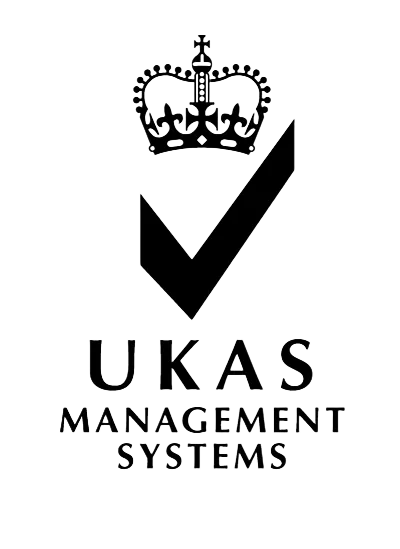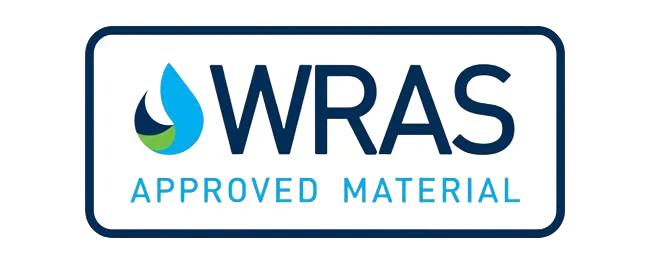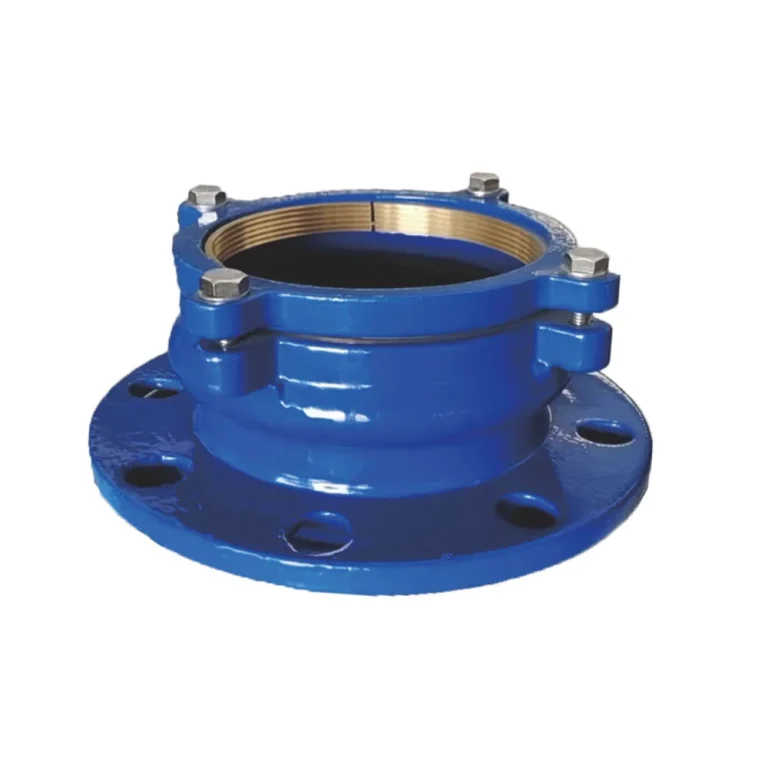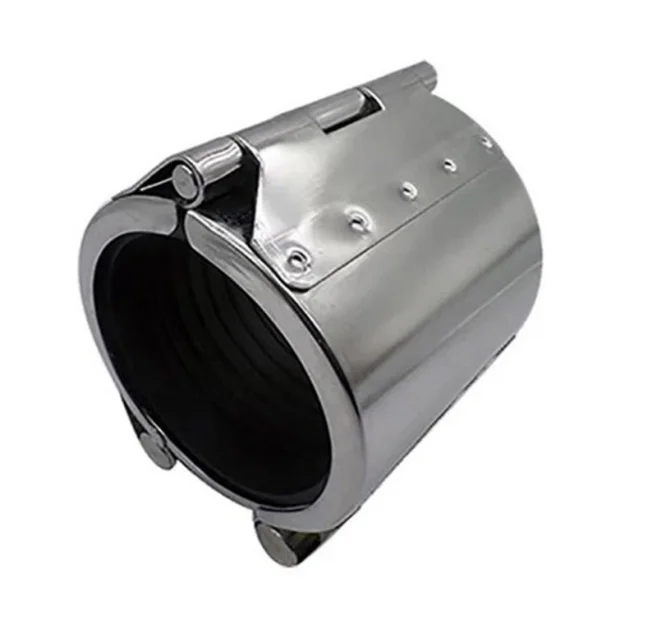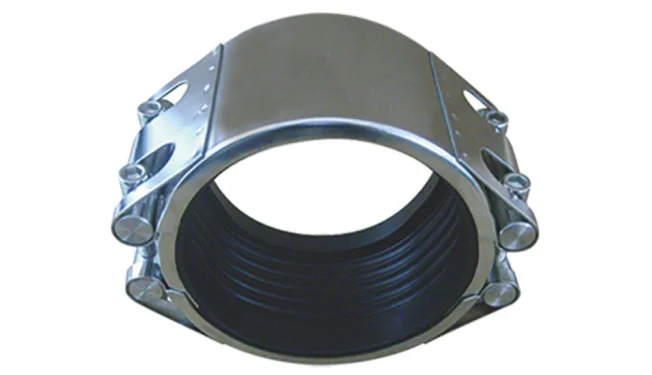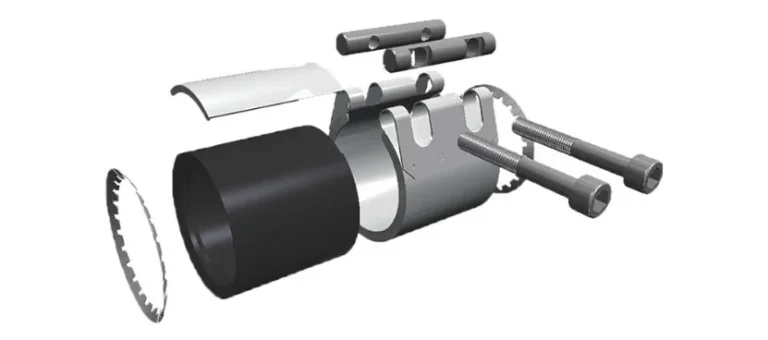Understanding the Basics of a Dismantling Flange
What is a Dismantling Flange?
A dismantling flange is a vital part of pipeline systems. It simplifies the setup and removal of equipment like valves or pumps. Its main role is to ease assembly and disassembly. This reduces disruption during repairs or replacements. The dismantling flange includes several parts. These work together for smooth alignment and strong connections. It’s a practical solution for maintaining pipelines efficiently.
The design ensures flexibility. It allows quick access to system components. This saves time and effort. Dismantling flanges are essential in industries needing frequent maintenance. They keep operations running with minimal downtime.
Key Components of a Dismantling Flange
A dismantling flange has several core elements. Each ensures its performance:
Flange Rings: These are round metal rings. They have bolt holes. They join pipes or equipment securely.
Tie Rods: These rods add support. They keep alignment steady during setup.
Sealing Elements: Gaskets or O-rings create a leak-proof seal between flanges.
Adjustment Bolts: These bolts allow fine-tuning. They make setup or removal easier.
Each part plays a role. Flange rings provide strength. Tie rods ensure stability. Seals prevent leaks. Bolts offer precision. Together, they make the dismantling flange reliable.
Differences Between Dismantling Flanges and Other Types of Flanges
Standard flanges connect pipes. But a dismantling flange offers more. It’s built for quick removal and reinstallation. This suits systems needing regular upkeep. Unlike basic flanges, it includes tie rods and adjustment bolts. These add flexibility.
Traditional flanges are fixed. They focus on permanent joins. Dismantling flanges prioritize access. They allow easy component swaps. This makes them ideal for dynamic systems. Their unique design sets them apart in maintenance-heavy industries.
Design Features of Dismantling Flanges
Structural Design and Material Composition
Dismantling flanges use strong materials. Common choices include carbon steel, stainless steel, or ductile iron. These handle high-pressure settings well. The design has multiple bolt holes. These ensure a firm connection. The setup stays stable under stress.
Tie rods boost structural strength. They support the flange during use. The materials resist wear and corrosion. This ensures long-term reliability. A well-crafted dismantling flange withstands tough conditions. It keeps pipelines secure.
Pressure Ratings and Tolerances
Dismantling flanges meet specific pressure standards. These range from PN10 to PN40 or higher. This fits various pipeline needs. They handle different pressure levels safely. High tolerances in production ensure a tight fit. This cuts the risk of leaks or misalignment.
Precision is key. The flange must seal perfectly. Even small errors can cause issues. Strict manufacturing standards maintain quality. A dismantling flange performs reliably under demanding loads.
Compatibility with Flanged Gate Valves
Dismantling flanges work well with flanged gate valves. Their adjustable design simplifies valve setup and removal. No need to disturb nearby pipes. This saves time and effort. The flange aligns easily with the valve. It ensures a secure connection.
Flanged gate valves control flow. They need regular checks. Dismantling flanges make this easier. They allow quick access without major disruption. This compatibility is vital for flow-critical systems.
Applications of Dismantling Flanges in Various Industries
Use in Water Supply Systems
In water networks, dismantling flanges are key. They link pipelines to pumps, valves, or meters. Their quick-disassembly feature shines during maintenance. They help fix issues fast. This keeps water flowing without long delays.
Routine repairs benefit most. Emergency fixes do too. A dismantling flange ensures minimal downtime. It maintains service reliability. Water utilities depend on them for smooth operations.
Role in Oil and Gas Pipelines
Oil and gas systems use dismantling flanges for their strength. These pipelines face high pressure. Regular checks are a must. The flanges allow easy access. They handle harsh conditions well.
Their tough build resists wear. They stay secure in extreme environments. Dismantling flanges simplify inspections. They reduce repair time. This keeps oil and gas flowing safely.
Integration in Industrial Processing Units
In processing plants, dismantling flanges connect complex gear. Think heat exchangers or compressors. Their flexible design aids alignment. This cuts setup time. Efficiency matters in these settings.
The flanges adapt to various layouts. They ensure precise connections. Dismantling flanges save effort in busy plants. They’re a critical piece for keeping operations smooth.
Benefits of Using Dismantling Flanges
Ease of Installation and Maintenance
Dismantling flanges make pipeline work simpler. They speed up setup and upkeep. Their design allows fast assembly. It also enables quick disassembly. This cuts labor time. Components like tie rods help. Adjustment bolts ensure exact alignment.
Installing valves or pumps becomes easier. No need to rework the whole pipeline. Maintenance is streamlined too. Inspections or cleaning happen fast. A dismantling flange reduces downtime. It keeps systems running with less hassle.
Enhancing System Flexibility and Alignment
Dismantling flanges boost system adaptability. Adjustment bolts allow tweaks during setup. This ensures a perfect fit. Precise alignment improves performance. It’s key for complex pipelines.
They also allow slight movement. Temperature or pressure changes cause shifts. The flange absorbs these. This lowers stress on pipes. It prevents damage over time. Compatibility with setups like flanged gate valves adds versatility. Dismantling flanges fit many needs.
Cost-Effectiveness in System Modifications
Dismantling flanges save money on changes. They allow component swaps without major rebuilds. Replacing a flanged gate valve is simple. No need to redo the pipeline. This cuts material and labor costs.
Their durability means fewer replacements. A dismantling flange lasts long. It handles wear well. Industries save over time. They get reliable performance without constant spending. Cost efficiency pairs with strong function.
Challenges and Considerations in Using Dismantling Flanges
Common Issues Faced During Installation
Installing a dismantling flange can be tricky. Alignment is a common hurdle. Adjustment bolts help, but errors happen. Poor handling leads to misalignment. This risks leaks or weak performance.
Sealing elements need care too. Gaskets or O-rings must sit right. Mistakes here cause leaks. Follow maker’s rules closely. Skilled workers help avoid these issues. Proper setup ensures the flange works as intended.
Material Durability Under Extreme Conditions
Dismantling flanges face tough environments. Materials like carbon or stainless steel are strong. But extreme heat or corrosion tests them. Oil, gas, or chemical plants push limits. Choosing the right material matters.
Regular checks are vital. Harsh conditions wear parts down. Inspect for damage often. Pick flanges suited for your setting. This keeps the dismantling flange reliable in challenging setups.
Selecting the Right Type for Specific Applications
Picking the correct dismantling flange is critical. Consider pressure needs. High-pressure systems need PN40 ratings. Temperature matters too. Corrosive settings call for stainless steel. Match the flange to the job.
Check compatibility with parts like flanged gate valves. Wrong choices hurt performance. Consult experts if unsure. A good pick boosts efficiency. It extends the life of the whole system.
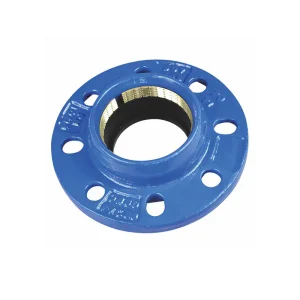
Frequently Asked Questions
What does a dismantling flange do?
It eases setup, removal, and upkeep of parts like valves or pumps.
How does a dismantling flange add flexibility?
Adjustment bolts align precisely. They handle slight shifts from heat or pressure.
What materials make dismantling flanges?
Carbon steel, stainless steel, or ductile iron. They’re tough for various conditions.
Are dismantling flanges good for high pressure?
Yes. They’re rated PN10 to PN40. They handle tough systems well.
For pipeline connection solutions like Conflex Joints Customization Service, trusted globally, contact us today!


